 If you’re lost you can look and you will find me
If you’re lost you can look and you will find me
Time after time
If you fall I will catch you
I will be waiting
Time after time — Cyndi Lauper
You can set out to make “great art,” but that’s almost always the wrong tack. Set out in that direction and it usually won’t happen. You’ll often end up having to come about on a lee shore. “Great art,” art that endures and grows over time, is almost always a gift. One of the hallmarks of great art is that the creators really aren’t that aware of what they’re doing when they do it. Greater forces than individuals are at play when great art is made. It’s that kind of thing that sort of dawns on you — in the classical sense of light coming up slowly out of the dark.
It’s that way with Groundhog Day. Slowly and yet surely this unassuming initially successful film comedy has been revealing itself to be one of the greatest American films. It’s certain that none of the principles set out to make that happen no matter how much its director, Harold Ramis, might like that to be the case. With this film, unlike a number of others, the greatness of it occurs not only through its creation but from what its hundreds of millions of viewers reactions anneal to the film itself. It’s through this strange symbiosis between creators and audience that the film has become what it is today. It’s the Velveteen Rabbit effect.
In Margery Williams children’s classic, The Velveteen Rabbit a toy rabbit becomes real through the love of the boy who owns the toy. With Groundhog Day, the film has become real through the love of the people who’ve seen it; many over and over again. To take another literary metaphor, the reality of Groundhog Day is like Topsy: “I s’pect I growed. Don’t think nobody never made me.” No, nobody did. Everybody did.
There are lots of theories being tossed about concerning Groundhog Day. It seems that many philosophers and most major religions want to make the film their own:
In the years since its release the film has been taken up by Jews, Catholics, Evangelicals, Hindus, Buddhists, Wiccans, and followers of the oppressed Chinese Falun Gong movement. Meanwhile, the Internet brims with weighty philosophical treatises on the deep Platonist, Aristotelian, and existentialist themes providing the skin and bones beneath the film’s clown makeup…. Countless professors use it to teach ethics and a host of philosophical approaches. —A Movie for All Time – National Review Online
But that all seems to me to be just much of a muchness. Internet pundits, as well as pontifical human beings of all sorts, are famous for blowing things, simple things, all out of proportion.
To my mind, Groundhog Day is a great film because it is a simple film; because it takes up, once again, “the supreme theme of art and song” as stated clearly by Yeats:
Bodily decrepitude is wisdom; young
We loved each other and were ignorant.
After Long Silence
The film, of course, takes this insight and inverts it. Wisdom enough to love is allowed to come, finally, to Phil Connors after a long time spent in the same day. How long a time? That’s subject to some dispute, but the best estimate for the timespan of Groundhog Day is 12,395 days or 33 years 350 days.
It’s nice we have the Internet to help figure timelines like that out, but to me, the “actual” time is also beside the point. The real point of Groundhog Day is that in life you will, sooner or later, have to learn to love, learn to really love, and the lesson on how to love will be repeated until you learn it.
How long is that?
As Groundhog Day shows us, and one of the reasons we continue to love it more, that particular length of time is “As. Long. As. It. Takes.”
Learning, at long, long last, to love is why people everywhere love this film. What makes it great, however, is that in the end we do in fact see Connors, and by extension ourselves, finally learn the lesson.
We find that, in the end, after a long time, love arrives.
Sometimes in just one day.


![That Was the Whopper Weekend That Was [Illustrated] welcometohell](https://americandigest.org/wp/wp-content/uploads/2021/05/welcometohell-150x150.jpg)


![Allen Ginsberg: The Interview, <strong> ➡ 1972 ⬅ </strong> [Republished by unpopular demand] ginsbergnirvana](https://americandigest.org/wp/wp-content/uploads/2022/05/ginsbergnirvana-150x150.jpg)

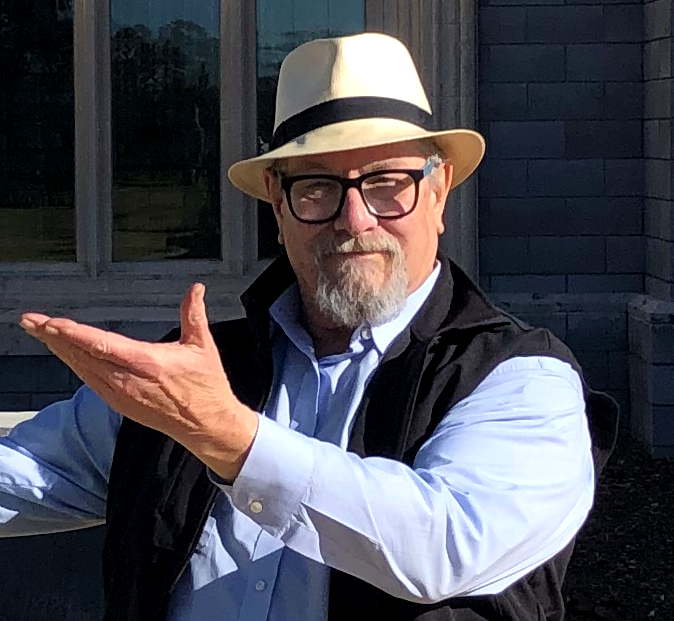 Gerard Van der Leun
Gerard Van der Leun












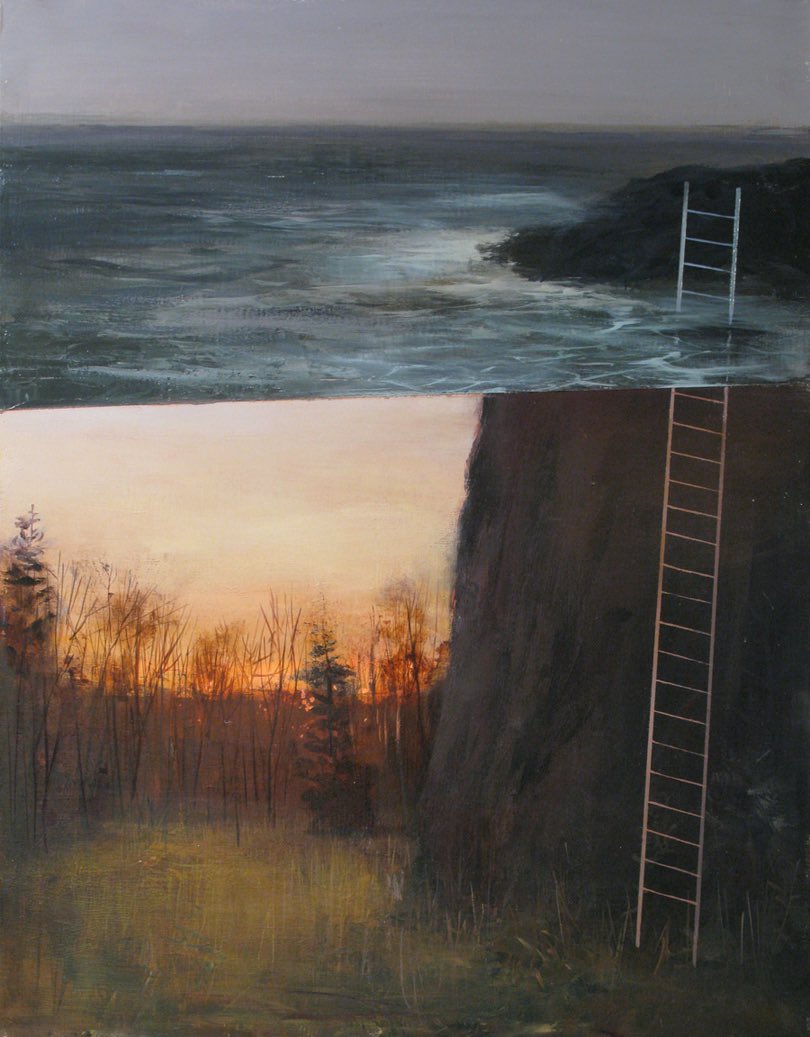

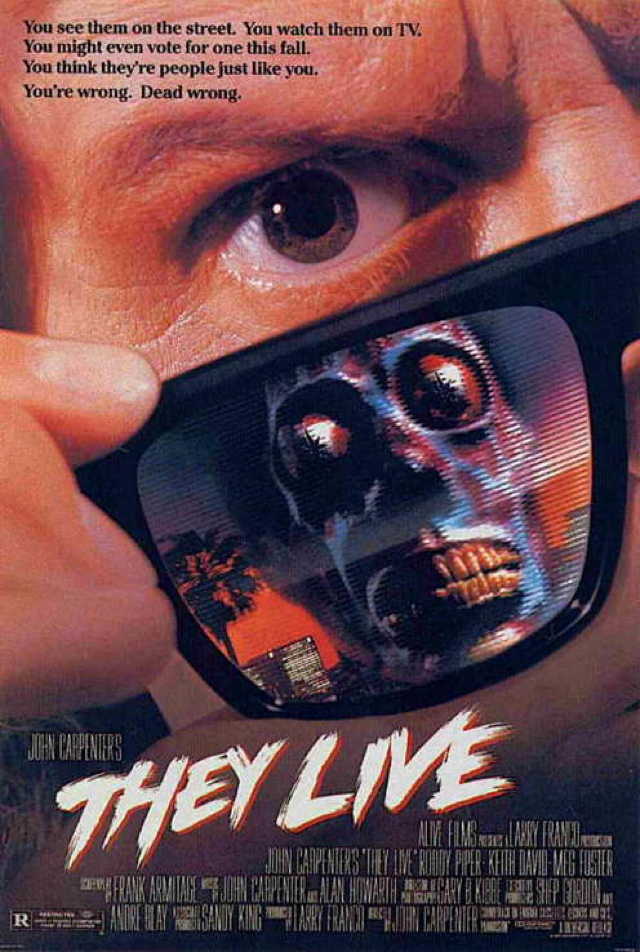
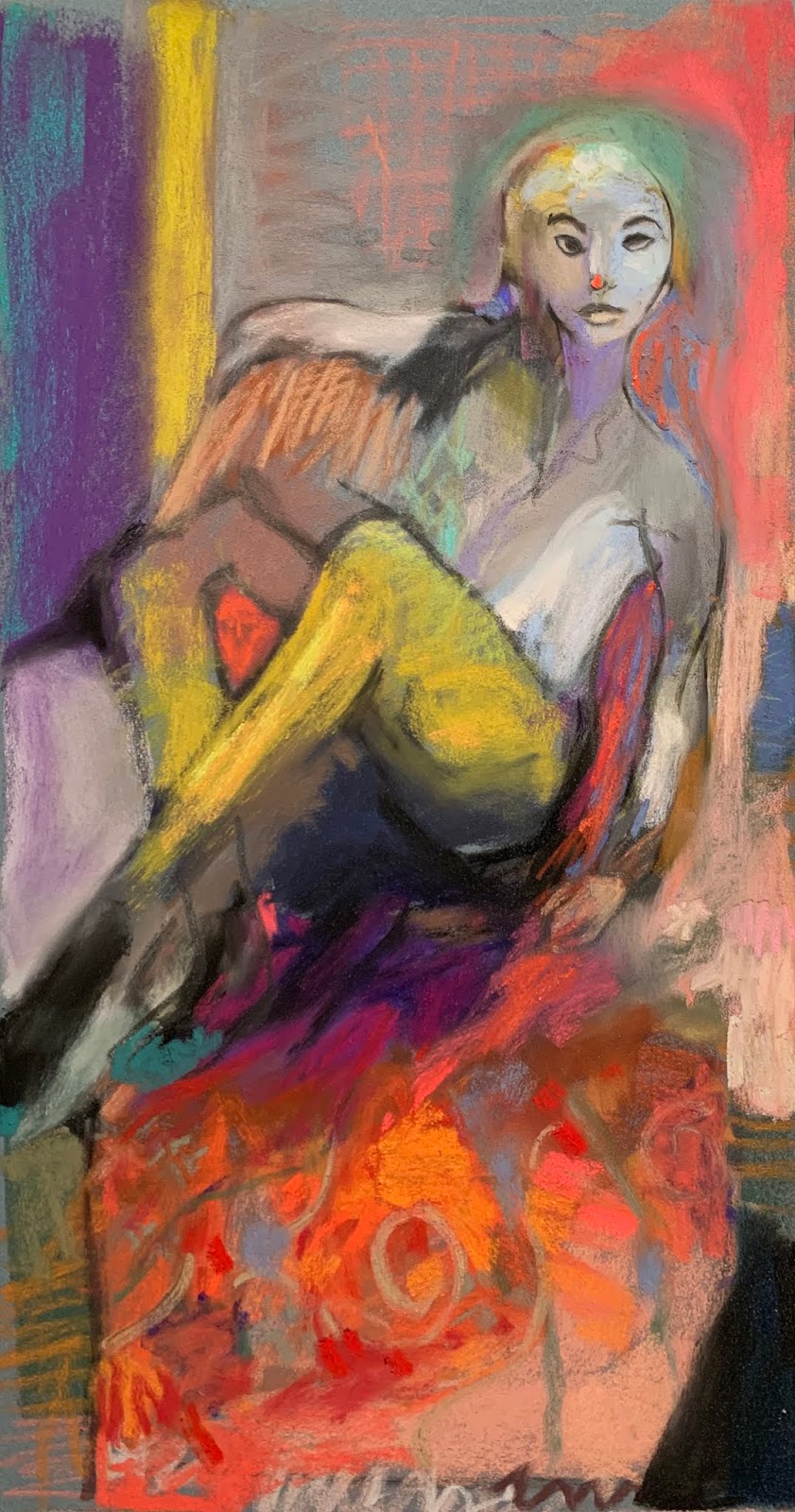
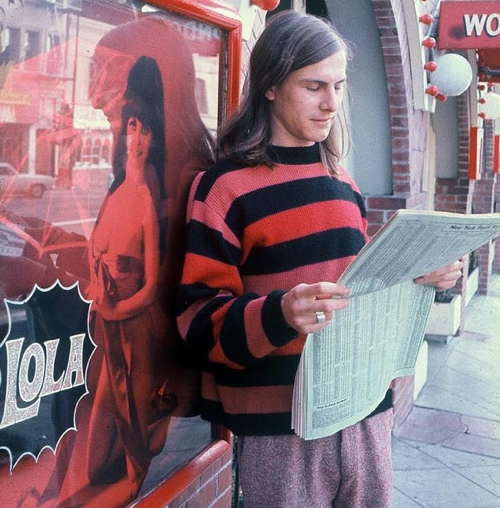
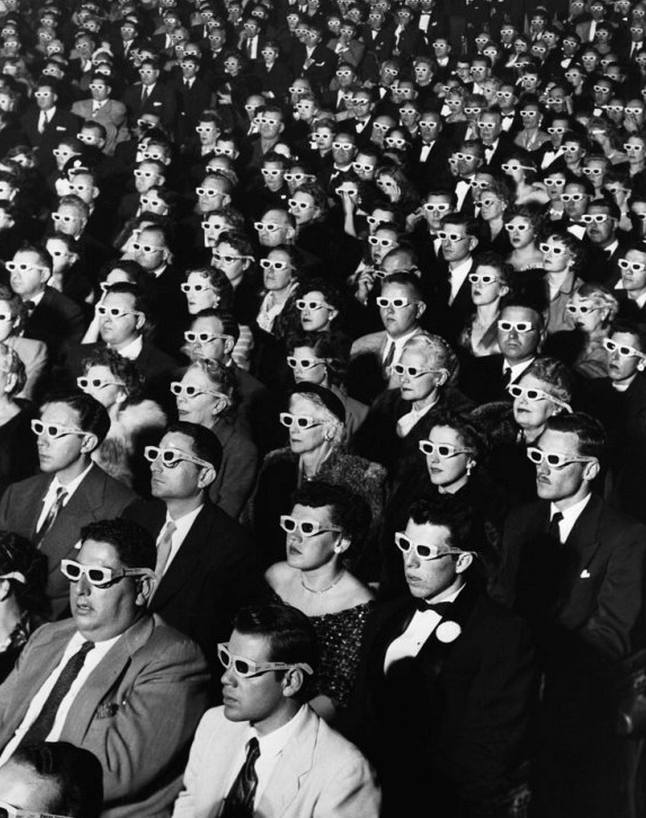
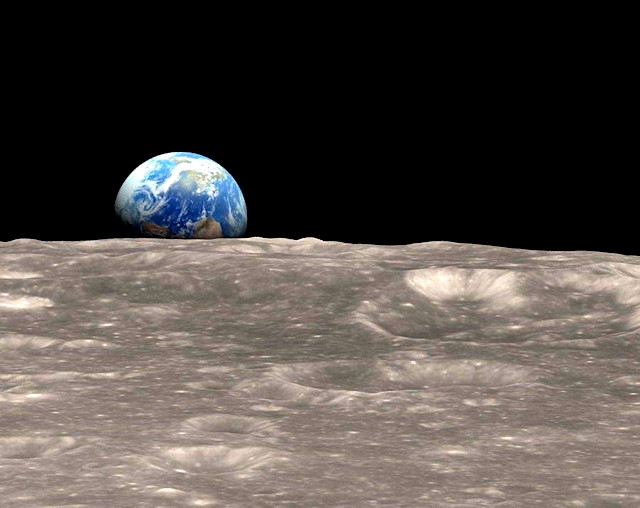





Comments on this entry are closed.
Comedies never win any awards, except for maybe our hearts.
Maybe I’m lucky, or not? Because I know that I saw Groundhog Day, but I don’t remember that I saw it, and I don’t remember anything about it. Would that state of mind be the opposite of what the Phil Connor character experiences in the film?
A visually lyrical film that doesn’t deal with the concept of time, or with the notion of learning through time, yet tantalizes with the timelessness of pure love possible only via eternal youth is Sundays and Cybèle. Don’t know why that just occurred to me, but perhaps Sundays and Cybèle forms a sort of odd couple – pure childhood love vis-à-vis mature love – bookend to Groundhog Day.
I picked up the Special 15th Anniversary Edition at a thrift store for something like a dollar, quite possibly the best dollar I ever spent. Bill Murray & Andie MacDowell. Andie was also in “Michael” with John Travolta, good flick.
Ah, but Bill Murray; quite the career. One of his lesser known wonders is “The Razor’s Edge” which is a remake of an earlier film, both approximately based on the W. Somerset Maugham book of the same name. The book adds incisive commentary on the human condition, worthy of multiple readings.
He Will Not Be Missed – The Razors Edge 1
https://www.youtube.com/watch?v=4MsWTb5c-Sw 1:21
One of my favorite films. I watch it every year on Ground Hog Day. My kids (adults now) make fun of me for this but they’ve watched it many times too.
The Razor’s Edge. Excellent film. Help me out. From the novel, something like “why is common knowledge so uncommon?” But that’s not quite it.
We tried to watch The Razor’s Edge a couple weeks ago from a friends referral but just couldn’t do it. Because Bill Murray. I just can’t deal with his mannerisms, and injecting his silliness into everything. It looked like it could be a good film, story, settings, period costuming, everything. But Murray ruined it.
Same way with Groundhog. Ruined it, and though I seen it in 1984, have no memory of it now. Most unfortunate.
Marcia: common sense? common courtesy? I don’t have the book handy.
Ghost: You might try the 1946 movie version, or the book. I briefly glance at the 1946 version and didn’t care for it, but I didn’t really give it a chance. I might have already been reading the book when I saw the 1946 version, and the book is mightier than the film but requires a significant time investment. I sympathize. I thought the 1993 Bridget Fonda version of La Femme Nikita (Point of no Return) was tolerable (despite what I think of her traitorous mother) until I saw the 1990 Anne Parillaud version Nikita. Now I can’t stand the Fonda version, it’s just too heavy on the smarm.
I share your opinion of the Point of No Return flick; a waste of film stock. But to be fair, Bridget Fonda, despite similarity in acting ability (or lack thereof, depending on your outlook), and being a hell of a lot better looking in my opinion than the traitorous one, is actually the niece of the traitorous one and the daughter of her traitorous aunt’s brother Peter.
Thank you for the info, H. I appreciate the correction.